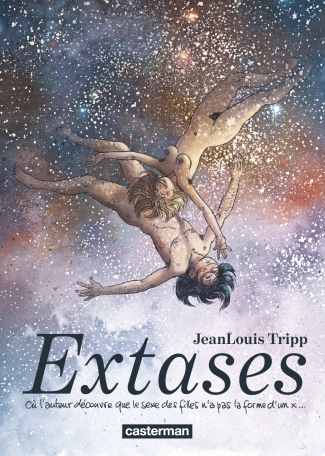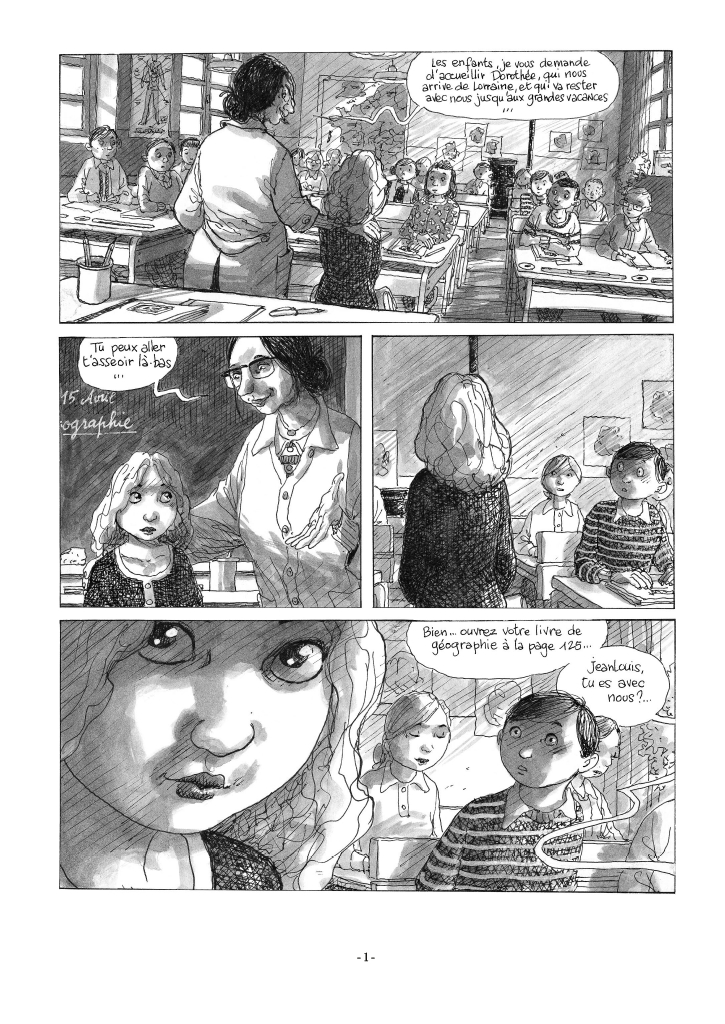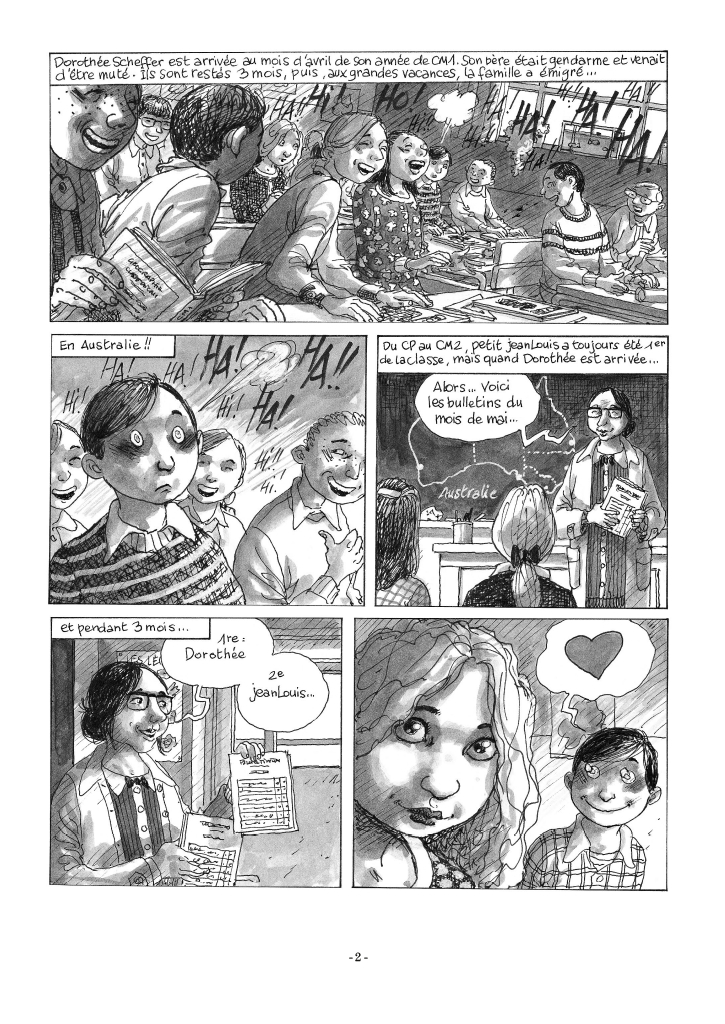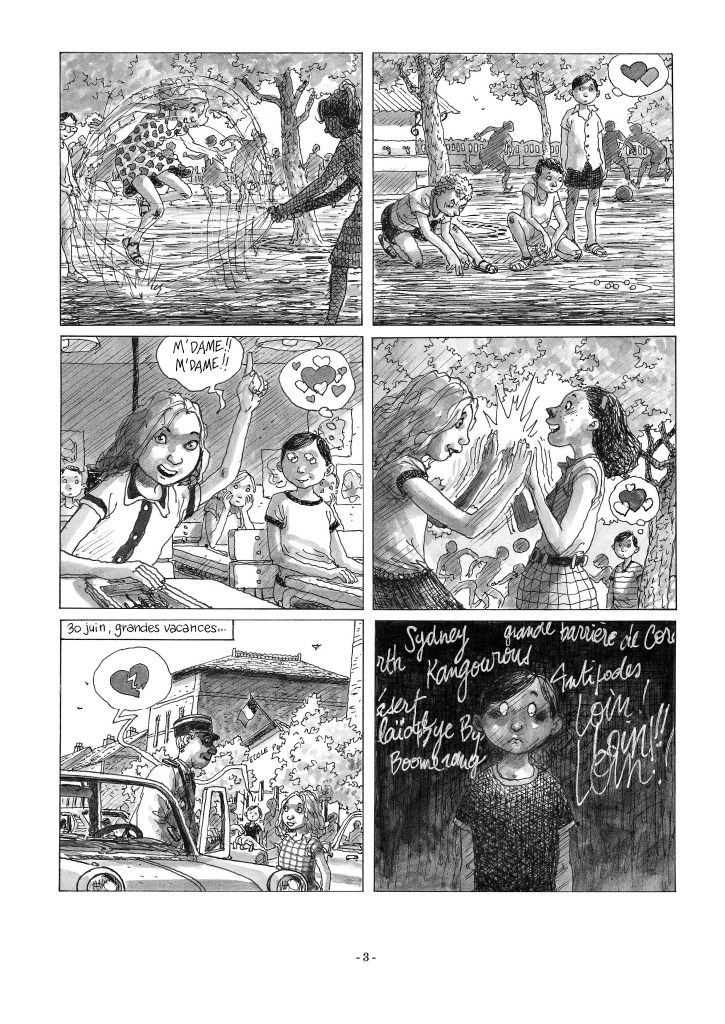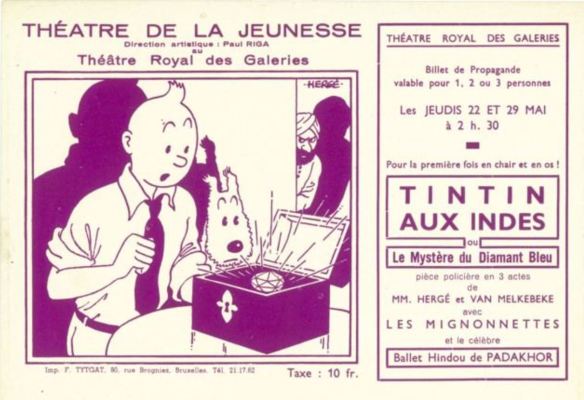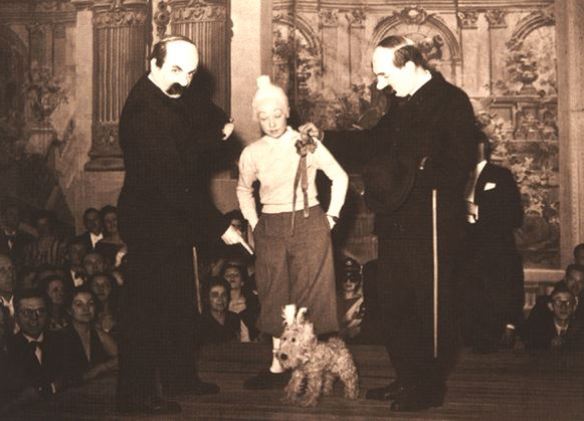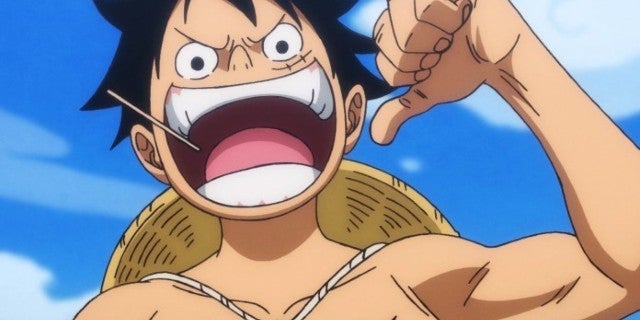Comics & Performing Arts
The scenic arts are, like the visual arts, a wide and varied grouping, including theater, dance, mime, and the circus arts… Anything that is a live theatrical performance.
While comic books are less often turned into theatrical productions, those adaptations that do exist often turn out very well indeed. One can look to the graphic novel Extases by Jean-Louis Tripp (2017, Casterman), presented at the Avignon Off Festival in 2019.
Franco-belgian bande dessinée have quite a history in the theatre, with the famed personage of Tintin making his first appearance on the boards in 1941 in the play Tintin aux Indes, le mystère du diamant bleu, co-written by Hergé and Jacques Van Melkebeke.
While most adaptations of comics in the realm of the scenic arts are to be found as plays, you might be surprised to find that there is a rich history of dance and comics as well.
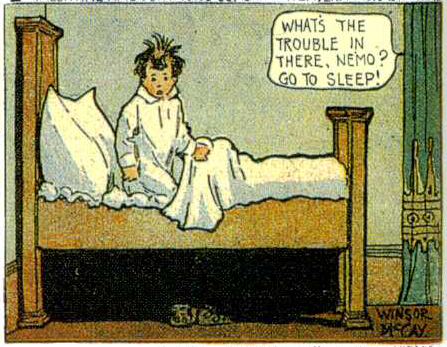
Comedie-ballets and musical comedies featuring American comic strip heroes have been produced, including an adaptation of the classic newspaper strip Little Nemo (to your left) by Winsor McCay (1905-1927, New-York Herald), which spent 15 successful weeks on Broadway before going on tour.
Several stories by Rodolphe Töpffer have also been brought to life. In 1991, the Compagnie Caroline Gautier staged a production of Les Amours de Monsieur Vieux Bois (1837), often considered to world’s first comic strip. This production was the collaboration between a choreographer, a painter, a composer, and a dancer. For Caroline Gautier, these collaborators “renouncing by mutual agreement to exactly reproduce on stage what is admirably read in Töpffer’s albums, we opted for a resolutely contemporary form of performance in which various artistic languages overlap while retaining relative autonomy.” A wonderful example of the potential of adaptation from one artform to another create new and fresh work.
Rodolphe Töpffer: The First Theoretician of the Ninth Art
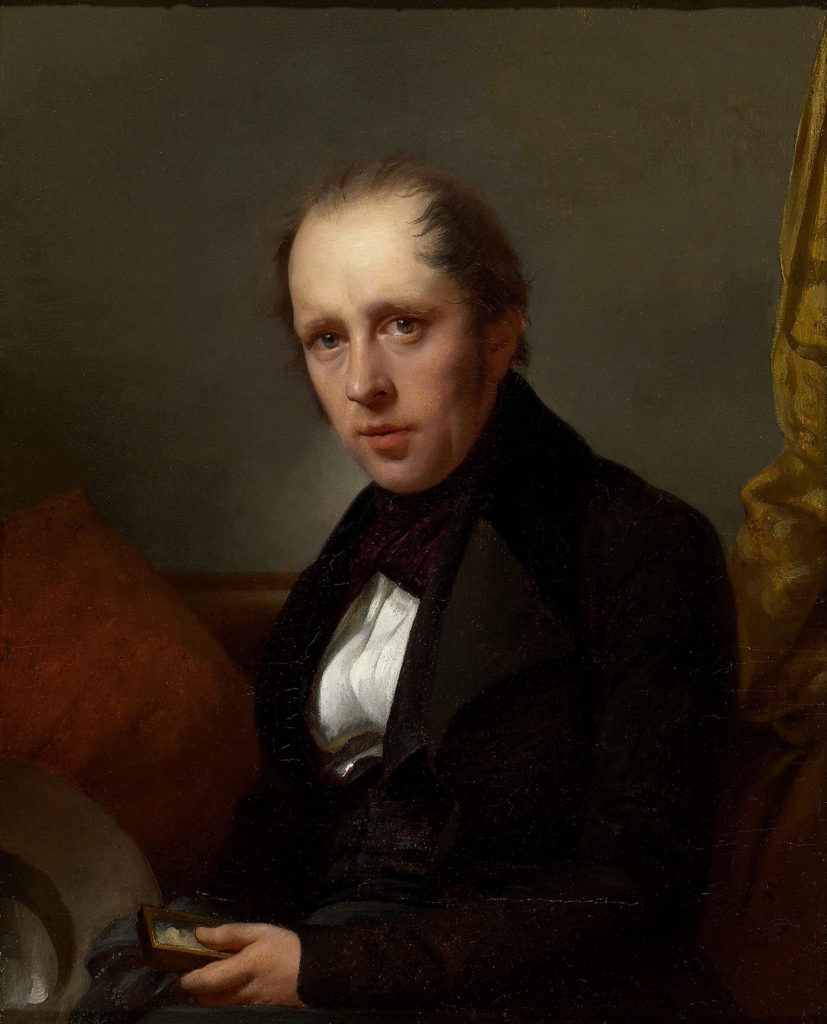
The Swiss politician, writer, and cartoonist Rodolphe Töpffer is often considered to be the first theoretician of the comic arts. In his writings and work, Töpffer made the connections between comics and the theatrical arts clear, including the requirements in both artforms for frequent exaggeration of emotion and gesture. The raised fist or the hands on the hips to express anger, the high chin and the raised nose for the contempt, these strong visual expressions of emotion work like a charm on both the comic book page and the theater’s stage. In comics in particular, working without the subtleties of voice and intonation, the exaggerated gestures that found their origin in the theatre are crucial tools. As both a pioneer in the comic strip and a playwright, Töpffer was well positioned to mix these artforms from the very start.
Watching Comics
The representation of reality is another area of overlap between comics and the scenic arts. There is a clear visual connection to be made between the framing of the stage and the panels of a comic, both containing the vastness of the world in a restricted space. Time is also segmented in both artforms, with the sequential rhythms of the comic panel echoing the division of a play into acts and scenes, a structure which the audience is just as aware of as the breaks between panels in a comic.
The act of watching in comics is important, pointing to the interactive visual connection between audience and performer that can be found in both the theater and in comic books. In Korea for instance, a comic book is not read, but rather “watched.” The theatrical nature of the comic strip crosses the barrier of the “fourth wall” between audience and performers in many ways, not the least through the over-the-top expressions we find in so many comics, including manga.
But comic books also have the ability to capture the quiet, pensive moments that theater is also loved for. Here, the words are read rather than listened to, but the ultimate effect is similar, one of intimacy and connection with the work.
Want to know more?
- Joséphine Baker, José-Louis Bocquet and Catel (2016, Casterman)
- Polina, Bastien Vivès (2011, Casterman)
- Blitz, Floc’h and François Rivière (1983, Albin Michel)

